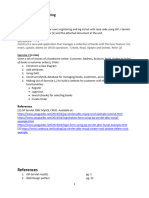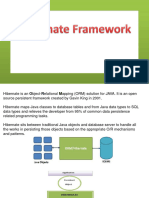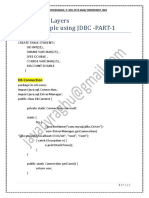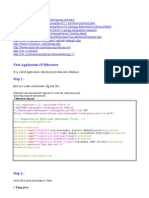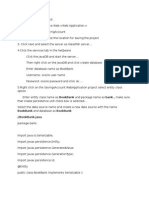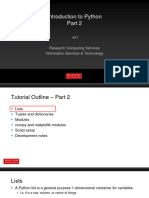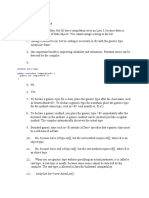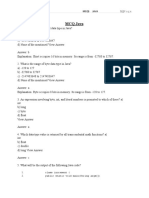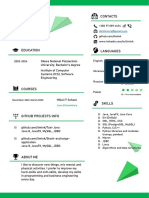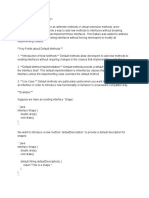0% found this document useful (0 votes)
25 views11 pagesHibernate Lab
This document outlines the steps to create a Maven project in Eclipse for managing a book database using Hibernate and MySQL. It includes instructions for setting up dependencies, creating a MySQL database and table, defining a Book entity, configuring Hibernate, implementing a DAO for CRUD operations, and creating servlets and JSP pages for user interaction. Finally, it mentions deploying the application on a Tomcat server for access and operation.
Uploaded by
abouqoraCopyright
© © All Rights Reserved
We take content rights seriously. If you suspect this is your content, claim it here.
Available Formats
Download as DOCX, PDF, TXT or read online on Scribd
0% found this document useful (0 votes)
25 views11 pagesHibernate Lab
This document outlines the steps to create a Maven project in Eclipse for managing a book database using Hibernate and MySQL. It includes instructions for setting up dependencies, creating a MySQL database and table, defining a Book entity, configuring Hibernate, implementing a DAO for CRUD operations, and creating servlets and JSP pages for user interaction. Finally, it mentions deploying the application on a Tomcat server for access and operation.
Uploaded by
abouqoraCopyright
© © All Rights Reserved
We take content rights seriously. If you suspect this is your content, claim it here.
Available Formats
Download as DOCX, PDF, TXT or read online on Scribd
/ 11
























